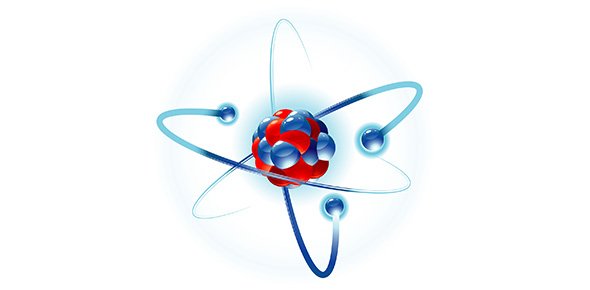Related Flashcards
Related Topics
Cards In This Set
| Front | Back |
|
Defined as the force per unit area on a surface
|
Pressure (P)
|
|
The force that will increase the speed of a one-kilogram mass by one meter per second each second that the force is applied
|
Newton (N)
|
|
A device used to measure atmospheric pressure
|
Barometer
|
|
The common unit of pressure
|
Millimeters of mercury (mm Hg)
|
|
Defined as being exactly equivalent to 760 mm Hg
|
One atmosphere of pressure
|
|
Defined as the pressure exerted by a force of one newton (1 N) acting on an area of one square meter
|
One pascal (Pa)
|
|
The pressure of each gas in a mixture
|
Partial pressure
|
|
States that the total pressure of a gas mixture is the sum of the partial pressures of the component gases. expressed as Pt= P1 + P2 + P3...
|
Dalton's law of partial pressures
|
|
The temperature -273.15 degrees C and is given a value of zero in the Kelvin scale
|
Absolute zero
|
|
The pressure of a fixed mass of gas at constant volume varies directly with the Kelvin temperature. written as P/T = k
|
Gay-Lussac's law
|
|
Expresses the relationship between pressure, volume, and temperature of a fixed amount of gas. expressed as PV/T = k
|
Combined gas law
|
|
At constant temperature and pressure, the volume of gaseous reactants and products can be expressed as ratios of small whole numbers
|
Gay-Lussac's law of combining volumes of gases
|
|
The law states that equal volumes of gases at the same temperature and pressure contain equal numbers of molecules
|
Avogadro's law
|
|
The volume occupied by one mole of a gas at STP. it has been found to be 22.4 L
|
Standard molar volume of a gas
|
|
The mathematical relationship among pressure, volume, temperature, and the number of moles of a gas. written as PV = nRT
|
Ideal gas law
|





